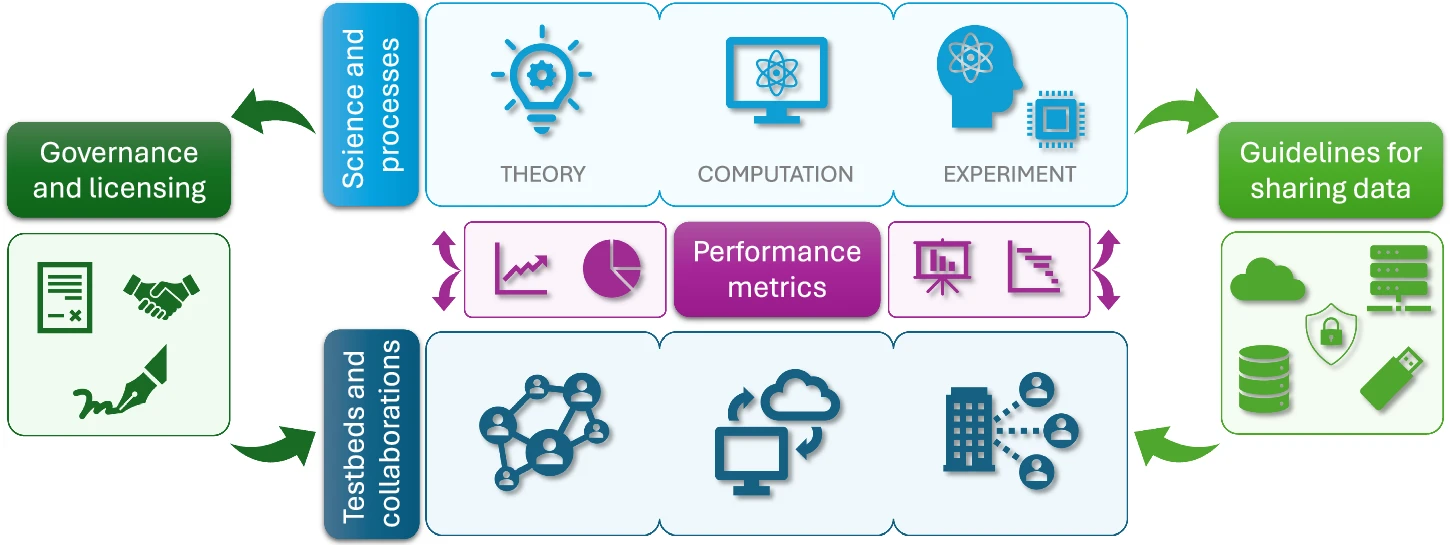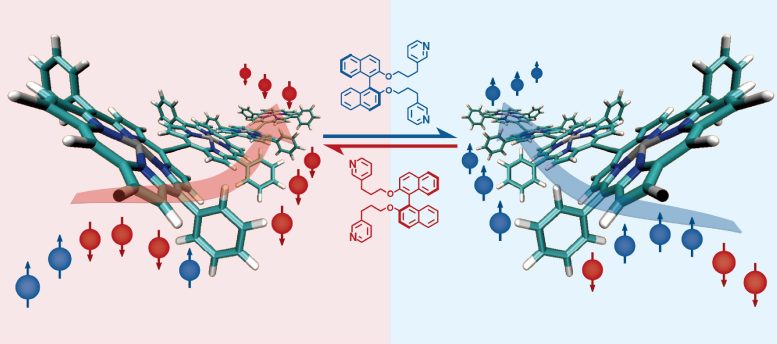A research team from ITMO University, MIPT (Russia) and Politecnico di Torino (Italy), has predicted a novel type of topological quantum state of two photons. Scientists have also applied a new, affordable experimental method for testing this prediction. The method relies on an analogy: Instead of expensive experiments with quantum systems of two or more entangled photons, the researchers have used resonant electric circuits of higher dimensionality described by similar equations.
In this new study, the researchers have theoretically predicted the formation of a new quantum state of photons: Two photons propagating in the array of quantum microresonators (qubits) can form a bound pair and settle down on the edge of the array. A proper experiment demands special nanostructures, as well as special devices to create such quantum state of photons and detect it.
If conducting a precise experiment is too expensive, it may be useful to come up with a model, or an analogy, which would allow one to test the theoretical assumptions without spending too many resources. This is exactly what ITMO University physicists managed to do. They have drawn an analogy between a specific class of quantum systems and classical electric circuits of higher dimensionality.
The obtained results can be useful for the engineering of optical chips and quantum computers without the need for expensive experiments.
The research was published in Nature Communications. (Phys.org)



